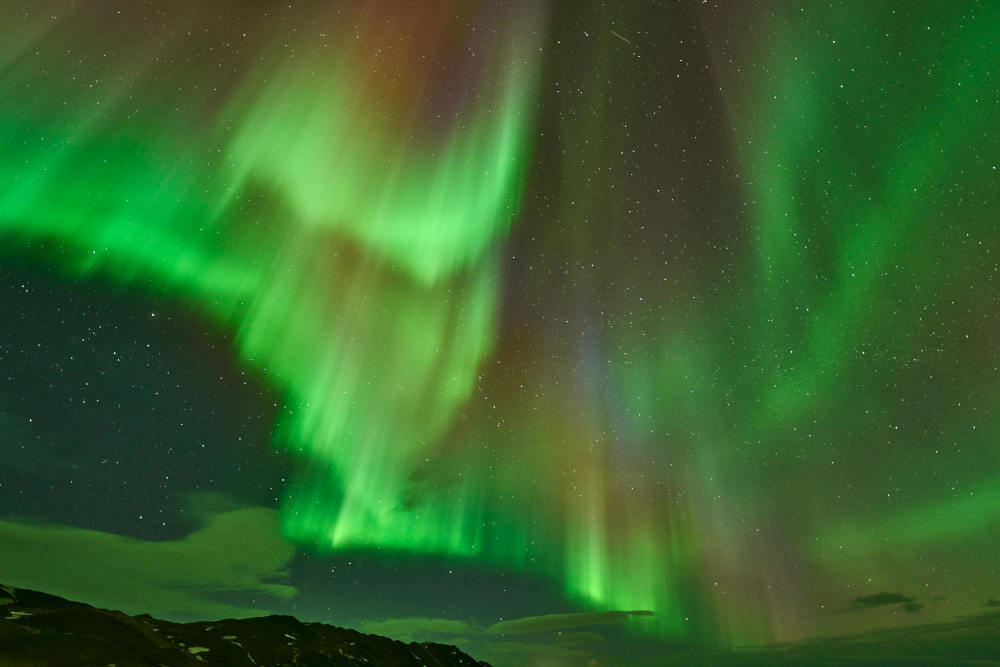
For centuries, humans believed the universe was everything—the stars above, the planets in orbit, and the galaxies stretching out into space. But as science advanced, a new and much more mind-bending idea emerged: the multiverse. It suggests our universe might be just one of countless others. But how many universes are there? Can we even begin to count them?
Let’s dive into what the multiverse actually is, the different theories that support it, and what modern science says about the possible number of universes that might exist.
Panaprium is independent and reader supported. If you buy something through our link, we may earn a commission. If you can, please support us on a monthly basis. It takes less than a minute to set up, and you will be making a big impact every single month. Thank you!
What Is the Multiverse?
The term "multiverse" refers to the idea that our universe is not the only one. Instead, it’s part of a much larger structure that contains many—possibly infinite—universes. These other universes may have different laws of physics, different dimensions, or even completely different histories.
This isn’t just science fiction. While the idea sounds fantastical, it's taken seriously by many physicists and cosmologists, especially because several well-supported theories in physics naturally lead to the possibility of a multiverse.
Why Do Scientists Believe in the Multiverse?
There’s no direct evidence of other universes—yet. But multiple theories in physics suggest they could exist. Here are the main ones:
1. Cosmic Inflation and the Bubble Universe Theory
After the Big Bang, the universe went through a period of rapid expansion known as inflation. According to some models of inflation, this process didn’t stop everywhere at once. Instead, different regions of space stopped inflating at different times, forming “bubbles.”
Each bubble could become a separate universe with its own laws of physics. This idea is known as eternal inflation, and it implies a potentially infinite number of bubble universes in a cosmic “foam.”
2. Quantum Mechanics and the Many-Worlds Interpretation
In quantum mechanics, particles exist in multiple states at once until they’re observed. The Many-Worlds Interpretation suggests that every time a quantum decision is made, the universe splits into different versions—one for each possible outcome.
That means there could be an enormous number of parallel universes branching off from every event in history, including every choice you’ve ever made.
3. String Theory and Higher Dimensions
String theory, a leading candidate for a theory of everything, predicts the existence of extra spatial dimensions beyond the three we experience. Within this framework, there could be countless different ways the extra dimensions are “wrapped up” or “compacted.”
Each unique configuration of these dimensions would result in a universe with different particles, forces, and physical laws. The total number of possible configurations is often estimated to be around 10^500. That’s a 1 followed by 500 zeros.
So, How Many Universes Are There?
This is where it gets wild. Depending on which theory you consider, the number of universes in the multiverse varies wildly—from a very large number to infinity.
Let’s break down a few estimates:
1. Infinite Universes (Eternal Inflation)
If eternal inflation is correct, the process of universe formation never stops. New bubble universes continue to form forever in an ever-expanding space. That means the number of universes is literally infinite.
Each universe could be completely different, with unique physical constants, dimensions, and laws of nature.
2. 10^500 Universes (String Theory Landscape)
String theory doesn’t predict one universe—it predicts a “landscape” of possible universes. The number most often cited is 10^500. This number comes from the different ways the extra dimensions in string theory can be configured.
That’s more universes than there are atoms in the observable universe. And each one could have different physical laws—some might not even support matter or life.
3. Countless Parallel Universes (Quantum Many-Worlds)
If the Many-Worlds Interpretation is true, then every quantum decision spawns a new universe. That means trillions upon trillions of universes are created constantly. In theory, every possible outcome of every event actually occurs in some parallel universe.
In this view, there are potentially an infinite number of universes, each differing slightly—or wildly—from our own.
Are These Universes Real?
This is still a matter of debate.
Some scientists argue the multiverse is a natural result of the laws of physics and should be taken seriously. Others say it's speculative because we currently have no way to observe or measure other universes.
But just because we can’t see them doesn’t mean they don’t exist. After all, for thousands of years, we didn’t know other galaxies existed either.
Could We Ever Prove the Multiverse?
Proving the existence of other universes is extremely difficult. By definition, other universes might exist outside our observable space-time, meaning we can't interact with or see them directly.
However, scientists are exploring several creative ideas:
● Cosmic Imprints
Some researchers are looking for signs that our universe might have collided with another in the early universe. These would show up as strange patterns or “bruises” in the cosmic microwave background—the leftover radiation from the Big Bang.
● Mathematical Predictions
If a theory like string theory makes accurate predictions about our universe, that adds credibility to the idea that its other predicted universes also exist—even if we can’t access them.
● Quantum Experiments
Some physicists are designing experiments to test the Many-Worlds Interpretation indirectly by observing quantum behavior more closely.
So far, there’s no concrete proof. But research is ongoing.
Why Does It Matter?
Even if we can't visit another universe, the idea of the multiverse has big implications.
1. Fine-Tuning and the Anthropic Principle
Our universe seems perfectly set up for life. If there are countless other universes, most would be inhospitable. But in a multiverse, it’s not surprising that we find ourselves in one of the rare universes where life is possible.
This is called the anthropic principle—we exist in a universe capable of supporting life because if it didn’t, we wouldn’t be here to observe it.
2. Redefining Reality
If the multiverse is real, then the concept of reality itself expands dramatically. It means there are versions of you living out different choices, different lives, and different histories in other universes.
That’s both humbling and mind-expanding.
Philosophical and Spiritual Perspectives
The multiverse also raises deep philosophical and spiritual questions. Are all versions of "you" still "you"? Do your choices still matter if every possible choice is made in another universe?
Some spiritual traditions have long hinted at multiple realities or dimensions beyond our physical world. The multiverse might be science's way of rediscovering ancient truths through modern language.
Final Thoughts
So, how many universes are there in the multiverse? Depending on the theory, the answer ranges from 10^500 to infinity. Each theory—whether based on cosmic inflation, string theory, or quantum physics—offers a unique perspective on how the multiverse might work.
We may never know for sure. But exploring the multiverse forces us to expand our understanding of reality, challenge the boundaries of science, and open our minds to the incredible possibility that this universe is just one of many.
In the end, the question isn’t just how many universes there are—it’s also what might be possible if we’re living in just one of countless worlds.
Was this article helpful to you? Please tell us what you liked or didn't like in the comments below.
About the Author: Alex Assoune
What We're Up Against
Multinational corporations overproducing cheap products in the poorest countries.
Huge factories with sweatshop-like conditions underpaying workers.
Media conglomerates promoting unethical, unsustainable products.
Bad actors encouraging overconsumption through oblivious behavior.
- - - -
Thankfully, we've got our supporters, including you.
Panaprium is funded by readers like you who want to join us in our mission to make the world entirely sustainable.
If you can, please support us on a monthly basis. It takes less than a minute to set up, and you will be making a big impact every single month. Thank you.































0 comments